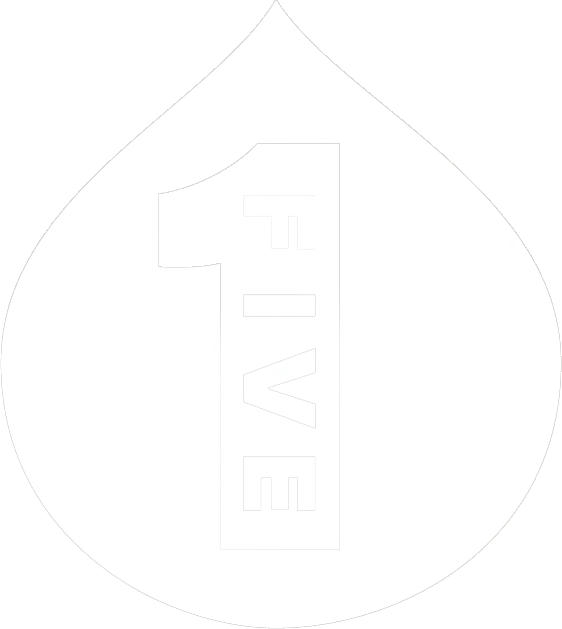Eye strain is a term used to describe irritated eyes that can come about as a result of a number of causes, from behavioural factors such as prolonged screen use to minor eye conditions such as dry eyes.[1,2] Below, we explore some of the signs of eye strain so you can get a better idea of whether or not you have it. This may help you to identify the right remedy to alleviate your eye strain.
What does an eye strain headache feel like?
Some people, but not all, experience headaches associated with eye strain. This dull or sharp pain in the head may make it harder for you to concentrate on your task, which can in turn cause frustration. It’s not clear whether a headache is a sign of eye strain or of whatever is causing your eye strain, such as wearing unsuitable contact lenses or glasses.[2,3]
A headache on its own could be caused by any number of things from not drinking enough to too much stress – and there are plenty of self care techniques you can try to alleviate headaches. If you have a headache plus some of the other issues described below, however, that could be an indicator that eye strain is your problem.[3,4] If your headache becomes severe or doesn’t go away within a few days, speak to a pharmacist or your GP for expert advice.
Can eye strain cause dizziness?
Eye strain isn’t usually associated with causing dizziness, so if you’re experiencing this sensation, there’s a high chance your problem might be something else.[3] Dizziness can be associated with a number of minor illnesses, as well as things such as dehydration, stress, blood pressure changes and taking a new medication. It’s not usually serious, but you should see a GP if the dizziness persists or if you’re in any way concerned.[5]
Can eye strain cause floaters?
Floaters is a term used to describe shapes and flashes of light in your vision that aren’t related to what you’re looking at. Anyone can get them regardless of whether or not they have eye strain, and they’re not usually a sign of anything serious. This is particularly true if:
- You’ve had floaters or flashes for a long time
- Your vision isn’t affected – i.e. you can still see clearly without floaters getting in the way
- Your condition is not getting worse.
Flashes and floaters may stop eventually, or simply become less noticeable over time as you adjust to their presence. However, it’s advisable to get help from NHS 111 or an urgent opticians appointment if:
- You get floaters or flashers for the first time
- There is a sudden increase in the number of floaters you see
- You see a dark shadow moving across your vision
- The floaters start soon after an eye surgery or injury
- You’re also experiencing blurred vision and/or eye pain.
These signs could indicate that there is a more serious problem, so it’s important to follow the latest medical advice.[6]
Can eye strain cause migraines?
It’s not clear what causes migraines, so it’s impossible to say whether or not eye strain comes into it. It’s believed different people’s migraines can be triggered by different things such as the menstrual cycle, stress, anxiety, not eating regularly or getting too much caffeine. If you have migraines, then it can be helpful to keep a diary relating to your migraines so you can try to establish any potential triggers.
There are plenty of self care techniques you can use to manage migraines. If you’re having difficulties managing the condition, you have migraine headaches more than once a week, your migraines are severe or they’re getting worse, then you should speak to your GP about what you can do. If you suspect eye strain or screen use is a trigger for you, then you can mention it during your appointment.[7]
Can eye strain cause blurred vision?
Blurred or double vision is a visual irregularity that is known to come about as a result of eye strain, although it can also be caused by other conditions. A good rule of thumb is to take a break from whatever you think is causing your eye strain and try at-home treatments to relieve the condition. If the blurriness doesn’t go away, please seek medical advice from your doctor or pharmacist in order to rule out more serious causes.[2,8]
If you think you have eye strain and want to tackle it while you work on the root cause, artificial tears such as TheraTears® Screen Eyes Eye Drops could help. These eye drops are specially formulated to tackle eye strain, and contain Euphrasia to brighten the eyes, plus hyaluronic acid to restore moisture to the tear film and alleviate irritation. For long term help, a registered optician may be able to help you identify the cause of your eye strain so you can make the appropriate changes in your life to prevent it from coming back.
Resources:
[1] https://www.aao.org/eye-health/diseases/what-is-dry-eye
[2] https://www.aao.org/eye-health/diseases/what-is-eye-strain
[3] https://www.healthdirect.gov.au/eye-strain
[4] https://www.nhs.uk/conditions/headaches/
[5] https://www.nhs.uk/conditions/dizziness/
[6] https://www.nhs.uk/conditions/floaters-and-flashes-in-the-eyes/







